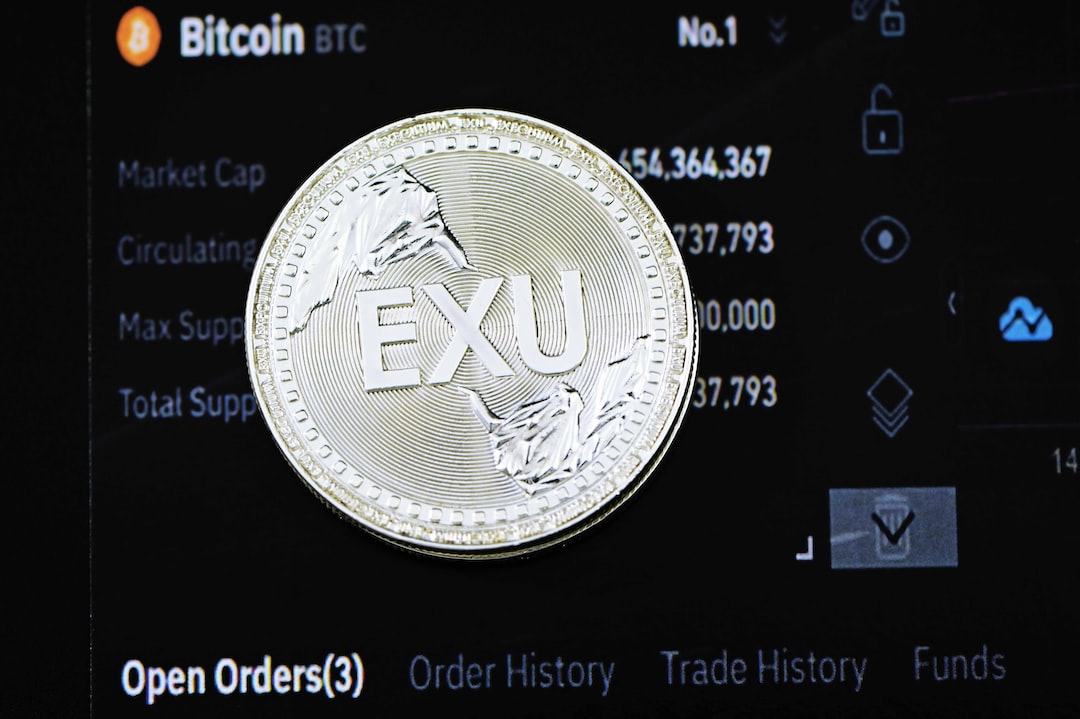Trading supply and demand is a popular trading strategy in the forex market. It is based on the fundamental economic principles of supply and demand, which is the driving force behind the price movement of any financial market. In this article, we will discuss how to trade the supply and demand forex course.
What is Supply and Demand?
Supply refers to the amount of a particular asset that is available for trading, while demand refers to the amount of that asset that traders want to buy. When supply is higher than demand, prices tend to fall, and when demand is higher than supply, prices tend to rise.
How to Identify Supply and Demand Levels?
The first step in trading supply and demand is to identify the levels of supply and demand. This can be done by looking at the price chart and identifying areas where the market has previously struggled to move past, either because of a lack of demand or an abundance of supply.
To identify supply levels, look for areas on the chart where the price has previously encountered resistance and failed to move higher. These areas are known as supply zones, and they represent areas where sellers are likely to enter the market and sell their assets.
To identify demand levels, look for areas on the chart where the price has previously encountered support and failed to move lower. These areas are known as demand zones, and they represent areas where buyers are likely to enter the market and buy assets.
How to Trade Supply and Demand?
Once you have identified the supply and demand levels, the next step is to trade them. There are two ways to trade supply and demand: the first is to trade the break of the supply or demand zone, and the second is to trade the bounce from the supply or demand zone.
Trading the Break of the Supply or Demand Zone:
When trading the break of the supply or demand zone, you wait for the price to break past the supply or demand zone, and then enter a trade in the direction of the breakout. For example, if the price breaks past a supply zone, you would enter a short trade, expecting the price to continue falling.
Trading the Bounce from the Supply or Demand Zone:
When trading the bounce from the supply or demand zone, you wait for the price to reach the supply or demand zone, and then enter a trade in the opposite direction of the bounce. For example, if the price bounces from a demand zone, you would enter a long trade, expecting the price to continue rising.
Managing Risk When Trading Supply and Demand:
Like any trading strategy, managing risk is crucial when trading supply and demand. One way to manage risk is to use a stop-loss order, which is an order that automatically closes your trade when the price reaches a certain level. Another way to manage risk is to use proper position sizing, which means only risking a small percentage of your trading account on each trade.
Conclusion:
Trading supply and demand is a popular trading strategy in the forex market. It is based on the fundamental economic principles of supply and demand, which is the driving force behind the price movement of any financial market. To trade supply and demand, you need to identify the supply and demand levels and then trade the break or bounce from these levels. Managing risk is crucial when trading supply and demand, and traders should use stop-loss orders and proper position sizing to manage risk.





